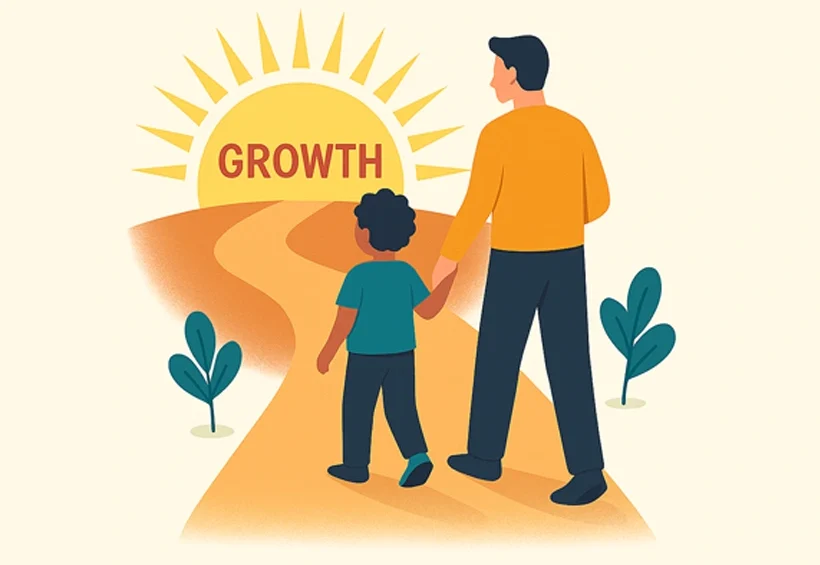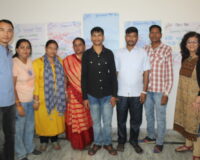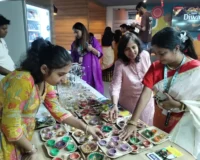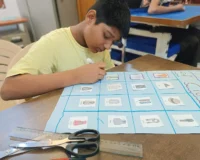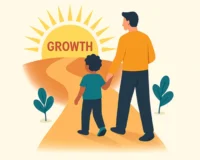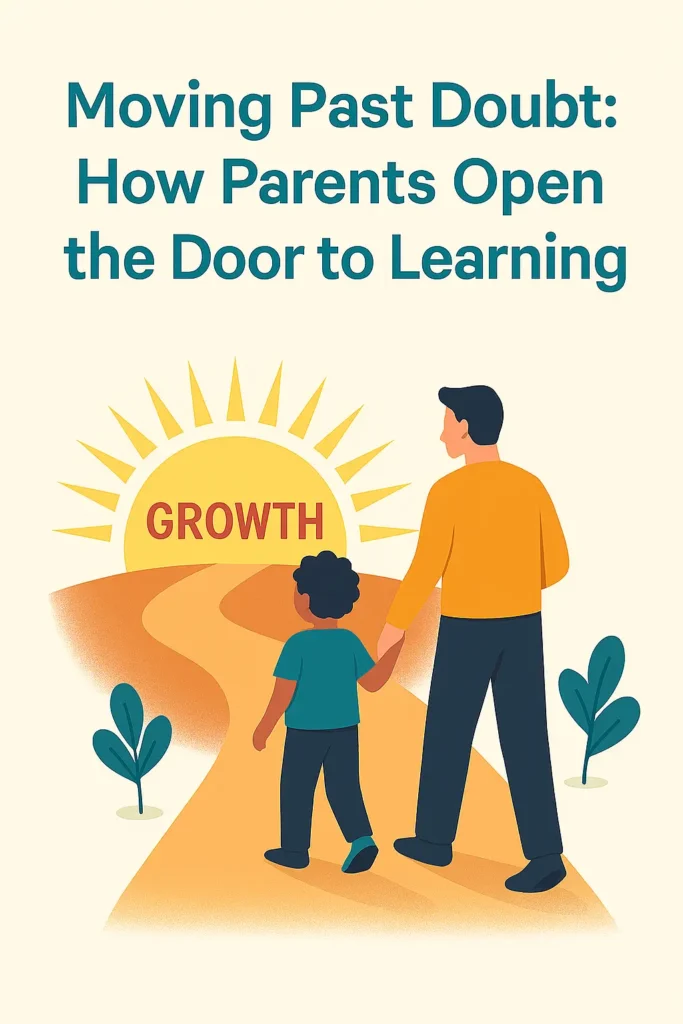
As special educators, we are taught not to make assumptions. But the first thing I tell teachers is that there are two things they must always believe: first, that parents are always trying to do the best for their children, and second, that we must presume competence — in the children and in their parents.
That being said, many times parents are reluctant to bring their children to school. Why is this? The answer often lies not in lack of love or care, but in the weight of past experiences, fears, and beliefs that shape how parents see education. These beliefs, or “mindsets,” are often born out of trauma, stigma, or grief. They make perfect sense given what parents have gone through — but they can also quietly hold children back from accessing opportunities to learn.
Let’s explore five of the most common mindsets and how shifting them can open new doors for children with disabilities.
Mindset 1: “My child is incapable — what’s the point of education?”
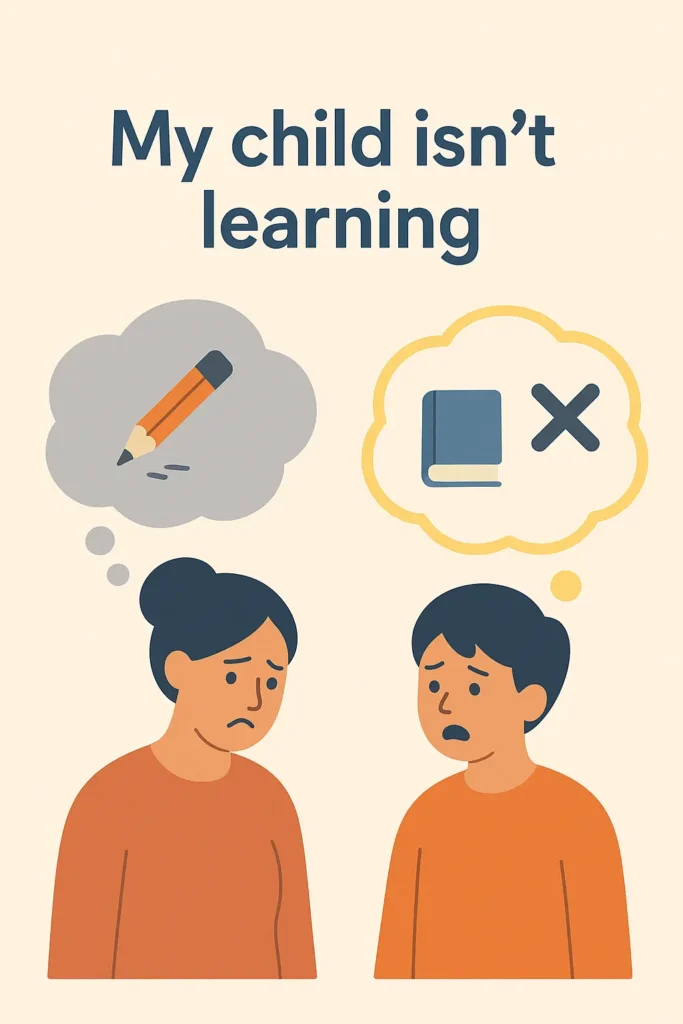
When parents are repeatedly told that their child “cannot” do things, hopelessness creeps in. For some, this becomes the belief that education itself is wasted effort.
But education is not about pushing every child to achieve the same milestones. It’s about creating opportunities to explore, communicate, and connect. Research shows that all children benefit from education when they are given the right supports (UNICEF, 2021).
Reframe: Your child is capable of learning, even if the path looks different. The goal isn’t a finish line — it’s growth, confidence, and participation in life.
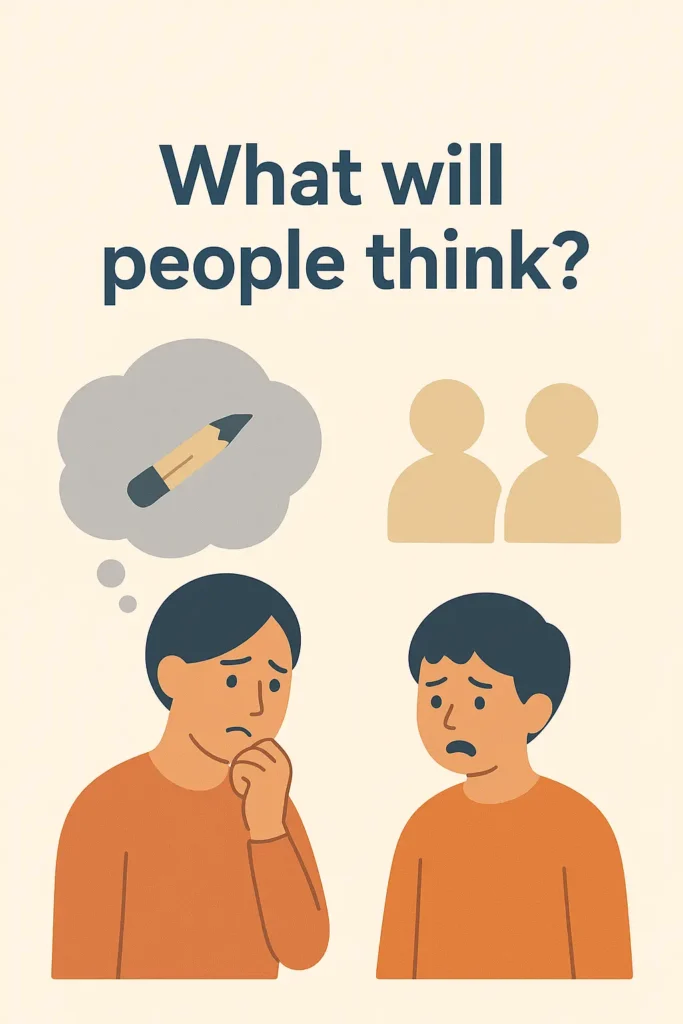
Mindset 2: “He will get better — education can wait.”
It’s natural for parents to hope that their child will “outgrow” a disability — that once they walk, talk, or become independent, then school can begin. Denial is a normal stage of coping with loss or change (Kübler-Ross, 2005).
But waiting for a cure or milestone often means missing precious years when the brain is most ready to learn (Shonkoff & Phillips, 2000). Education doesn’t block therapy — it complements it.
Reframe: Don’t wait for the “right time.” Every small educational moment — from playing with blocks to looking at books — builds skills that support growth alongside therapy.
Mindset 3: “What will people think?”
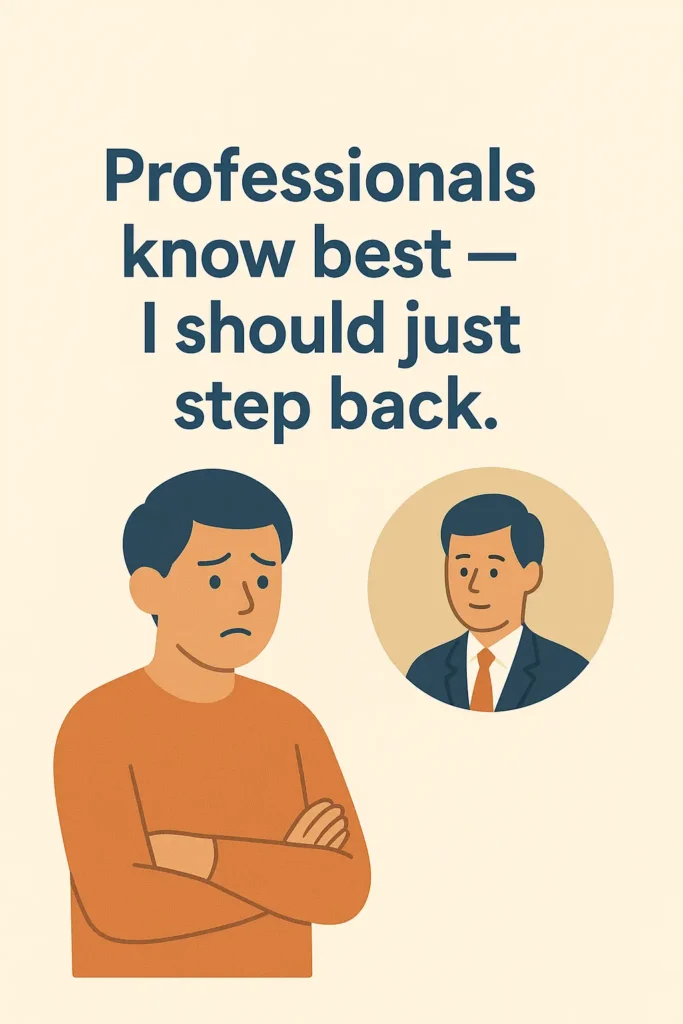
Stigma weighs heavily on families. Some parents fear that if neighbours, relatives, or the community find out about their child’s disability, they will be judged or pitied. Others worry about marriage prospects for siblings or about being blamed for the disability. In some communities, disability is still wrongly seen as a curse or punishment (Groce & Kett, 2013).
This fear of stigma often leads parents to keep their children at home. But hiding children only isolates them — and robs them of education.
Reframe: Stigma is society’s problem, not yours. By sending your child to school, you are not only helping them learn, you are challenging harmful beliefs. Your advocacy creates change for every child.
Mindset 4: “Professionals know best — I should just step back.”
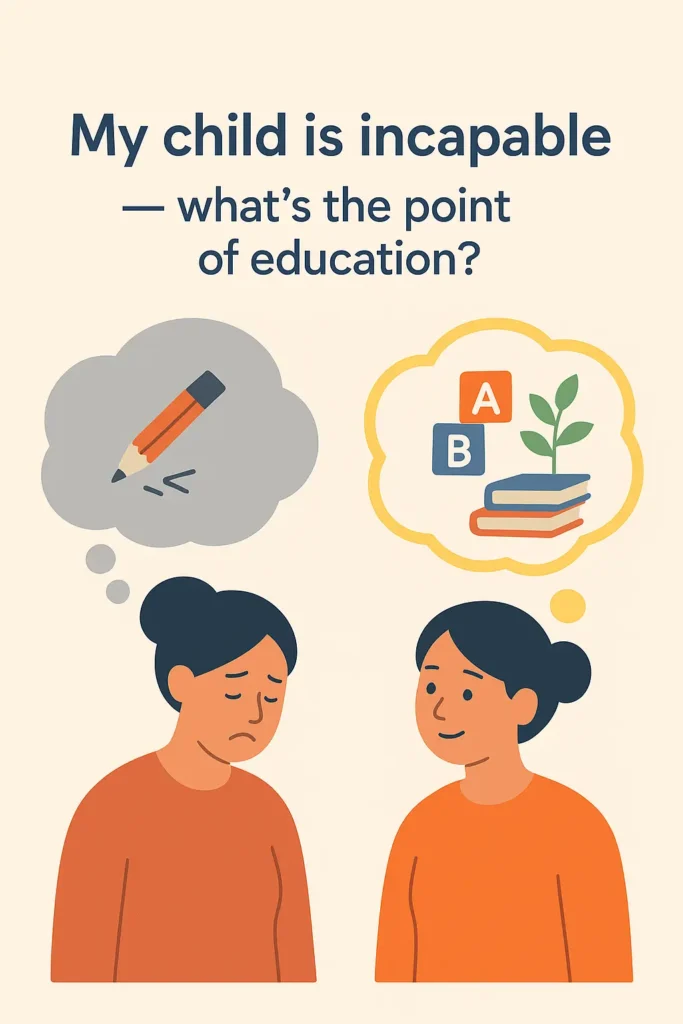
Parents often carry trauma from being dismissed or disrespected by professionals. Many have had the painful experience of being told their opinion doesn’t matter because of their background, literacy, or income. Some have even witnessed their child being mishandled or spoken to harshly in centres.
These experiences leave parents doubting themselves and withdrawing, convinced that they should leave decisions to “the experts.”
Reframe: Professionals bring expertise, but you bring irreplaceable knowledge of your child. Education is most powerful when parents and professionals work together (Turnbull et al., 2015). Your voice matters — reclaim it.
Mindset 5: “It’s too dangerous — my child won’t be safe in education.”
For parents of non-speaking children especially, fear of abuse is real. Many worry: What if something happens and my child cannot tell me? These fears are not unfounded — studies show children with disabilities are more vulnerable to abuse and neglect than their peers (Sullivan & Knutson, 2000).
It’s understandable that parents withdraw to protect their child. But this withdrawal also closes the door to opportunities for connection, growth, and independence.
Reframe: Protecting your child doesn’t have to mean keeping them out of education. It means demanding safe, inclusive environments where your child’s voice — even if expressed through AAC, gestures, or behaviour — is heard and respected. Your advocacy is their shield.
If you recognise yourself in any of these mindsets, take heart. They are not signs of weakness or failure — they are signs of love, fear, and the very real challenges you’ve faced as a parent.
But here’s the good news: you don’t have to stay stuck in them. Every small shift in belief opens new doors — not just for your child, but for you. By moving past doubt, you create space for hope. And by opening the door to education, you give your child the chance to step into a future filled with possibility.
Quick Takeaway: 5 Empowering Beliefs to Hold Onto
- My child is capable.
Every child can learn — progress may look different, but growth is always possible. - Education begins now.
Don’t wait for the “perfect moment.” Every small learning opportunity counts. - Stigma is society’s problem, not ours.
My child deserves to be seen, included, and celebrated. - My voice matters.
I am an equal partner in my child’s education. Professionals and parents must work together. - Safety and learning can go hand in hand.
I can protect my child by demanding safe, inclusive spaces — not by keeping them away from education.
Reflection Prompt for Parents
Take a moment for yourself:
- Which of these beliefs feels hardest to hold onto right now?
- Which one feels easiest or most natural?
- What is one small step you could take this week to put one of these empowering beliefs into action?
References
- Groce, N., & Kett, M. (2013). The Disability and Development Gap. Leonard Cheshire Disability and Inclusive Development Centre.
- Kübler-Ross, E. (2005). On Grief and Grieving: Finding the Meaning of Grief Through the Five Stages of Loss. Scribner.
- Shonkoff, J. P., & Phillips, D. A. (Eds.). (2000). From Neurons to Neighborhoods: The Science of Early Childhood Development. National Academies Press.
- Sullivan, P. M., & Knutson, J. F. (2000). Maltreatment and disabilities: A population-based epidemiological study. Child Abuse & Neglect, 24(10), 1257–1273.
- Turnbull, A. P., Turnbull, H. R., Wehmeyer, M. L., & Shogren, K. A. (2015). Exceptional Lives: Special Education in Today’s Schools (8th ed.). Pearson.
- UNICEF. (2021). Inclusive Education: Every Child Learns. UNICEF.


